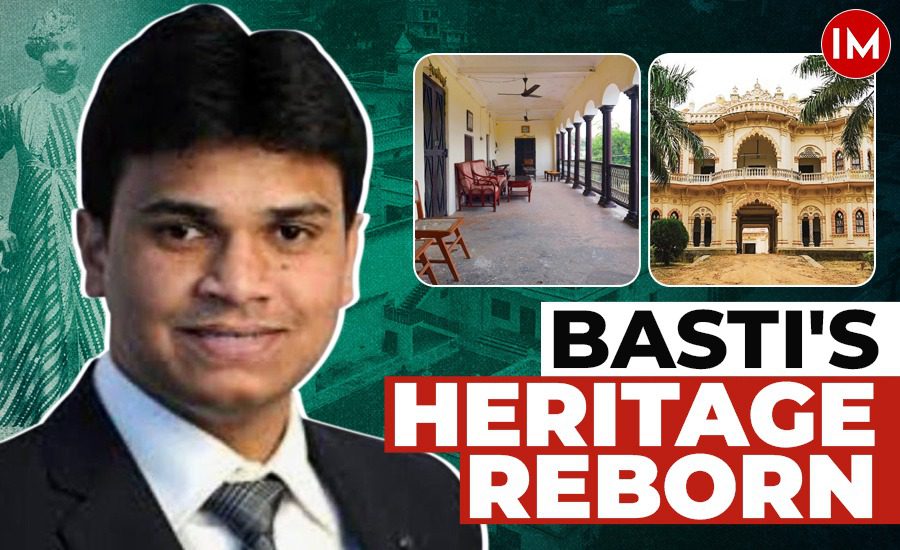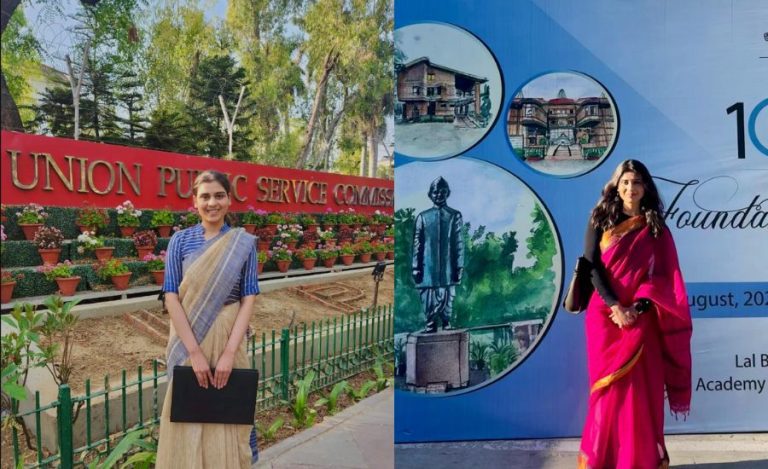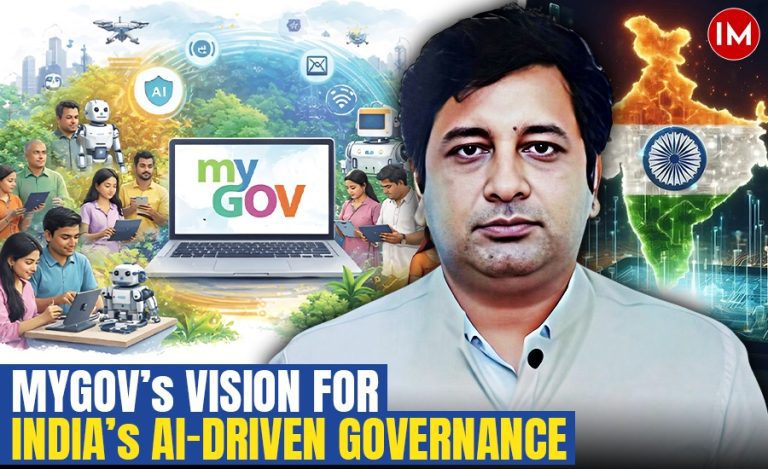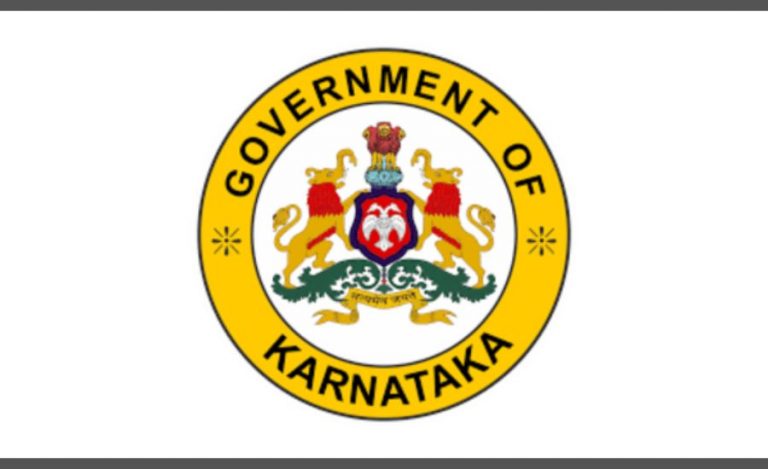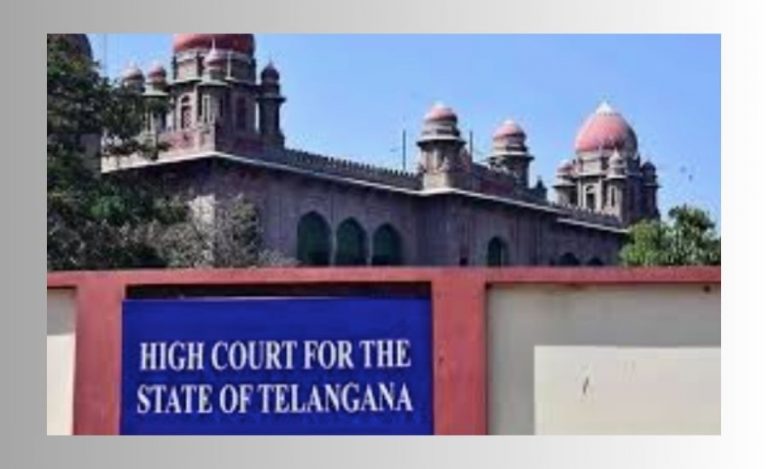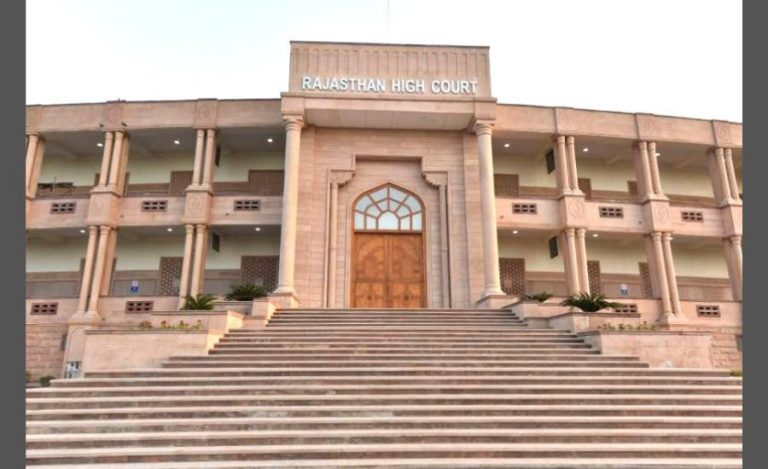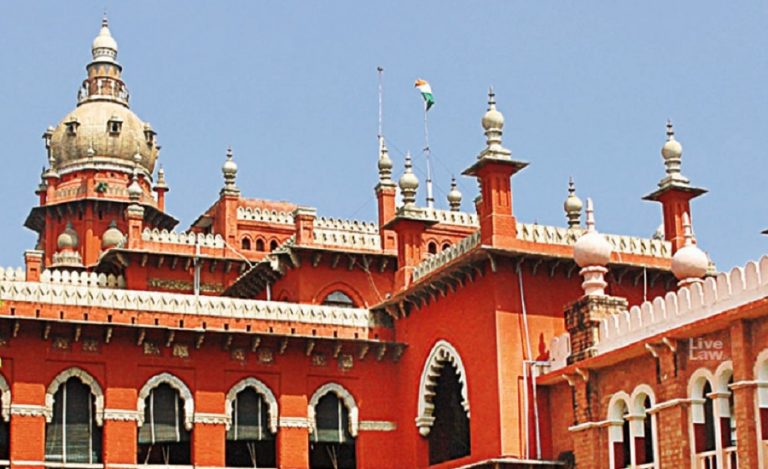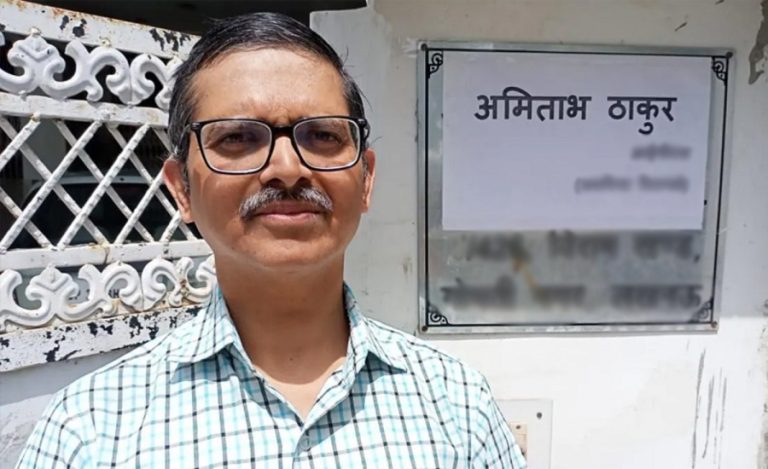Basti, a district in Uttar Pradesh, is a hidden gem nestled between the sacred cities of Ayodhya and Gorakhpur. Steeped in history and culture, Basti’s significance stretches back thousands of years, with its fertile lands once serving as a cradle of early civilization. Today, Basti is witnessing a remarkable transformation under the leadership of IAS officer Andra Vamsi, the District Magistrate. His innovative approach to preserving the region’s heritage while boosting tourism is nothing short of visionary.
In an exclusive conversation with Indian Masterminds, the 2011 batch IAS officer shared details about the same.


A GLIMPSE INTO BASTI’S RICH HISTORY
Traditionally known as Vashisti in the Saryupar region, Basti’s historical continuum is fascinating. The district is part of a region called ‘Sarayupar’ or ‘Beyond the Sarayu River’. It lies on an ancient trade route connecting cities such as Shravasti, Kapilavastu, Lumbini, and Kushinagar.
The land is dotted with over a hundred archaeological sites, revealing artifacts from Painted Grey Ware to Kushana coins. Basti’s significance is not just limited to its artifacts; it is also famous for its ‘Kala Namak’ variety of rice, an authentication to its agricultural heritage.


THE VISIONARY BEHIND THE TRANSFORMATION
Mr. Vamsi, the current District Magistrate of Basti, has embarked on a mission to rejuvenate the district’s dilapidated heritage bungalows. Drawing inspiration from the successful conversion of Rajasthani forts into luxury hotels, Mr. Vamsi aims to transform these grand structures into bustling hubs of tourism.
His idea is to convert these heritage bungalows into resorts, destination wedding venues, and homestays, thus preserving their historical essence while giving them a new lease of life.


CONVERTING HERITAGE INTO TOURISM
Recognizing the increasing number of tourists visiting Ayodhya after the construction of the Ram Mandir, Mr. Vamsi has strategically planned to utilize this influx to Basti’s advantage. He proposes to convert the heritage bungalows into luxurious accommodations, akin to the heritage hotels in Rajasthan. This initiative not only aims to preserve these architectural marvels but also to generate employment and boost the local economy.
“These grand, old bungalows can be converted into luxurious homestays as people love to stay in places that boast of rich culture. No one would require to go to Rajasthan to enjoy an experience like that when they could find it in their own city!” he told Indian Masterminds.


FINANCIAL SUPPORT AND GOVERNMENT POLICIES
Mr. Vamsi’s project is supported by a combination of government subsidies and private funding. The tourism ministry provides a 30% subsidy to the current inhabitants of these bungalows for their development.
Additionally, the officer has leveraged funds from his own sources, such as his rifle club and CSR contributions. The district administration also contributes through urban local bodies, ensuring that the project is financially viable.

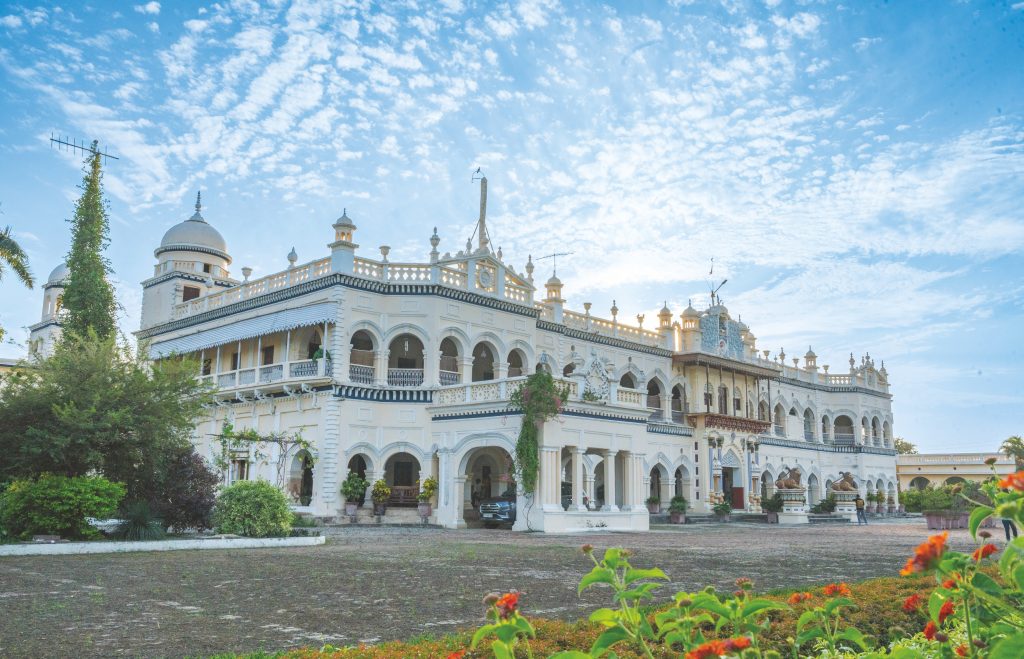
INFRASTRUCTURE DEVELOPMENT
Mr. Vamsi is not only focused on converting the bungalows but also on improving the basic infrastructure of the region. Roads, water supply, and electricity are being developed to support the new hotels and homestays.

This holistic approach ensures that the heritage sites are accessible and comfortable for tourists. Vamsi has meticulously chosen bungalows with rich historical backgrounds, initiating their transformation to boost tourism.
“These things have to be taken seriously as the tourists coming to Ayodhya these days, whether national or international, prefer homestays over hotels or guest houses, and we want to make them as comfortable as possible,” stated the officer.


COMMUNITY INVOLVEMENT AND AWARENESS
The success of this project relies heavily on the involvement of the local community. Mr. Vamsi plans to hold conferences to educate the owners of heritage bungalows about the benefits of the initiative.
By explaining the policy details and offering support, he hopes to encourage more people to participate in the project. This collaborative effort aims to create a sustainable model for heritage conservation and tourism promotion.

A MODEL FOR THE FUTURE
The transformation of one such heritage site in Munderwa into a luxurious homestay serves as a pilot project for Mr. Vamsi’s broader vision. Supported by government subsidies and district administration funding, this project showcases the potential for other bungalows in the region. The initiative is designed to be scalable, with the possibility of expanding to other districts with similar heritage structures.
“Ayodhya should be the epicenter and we need to promote these kind of heritage buildings that have a history to boast about,” he shared with Indian Masterminds.


THE WONDERS OF BASTI AND BEYOND
To further promote the region’s rich history, Mr. Vamsi and his team have authored a book titled ‘The Wonders of Basti and Beyond: A Glimpse into the Princely Houses of Northern Uttar Pradesh’. This book delves into the fascinating tales of Basti’s past, highlighting the grand palaces and mansions of the royals, taluqdars, and zamindars. It aims to rekindle interest in the region’s history and culture, inspiring visitors from across India to explore this ancient land.
By blending historical preservation with modern tourism, Mr. Andra Vamsi is not only saving these architectural marvels from decay but also giving a significant boost to the local economy. His project serves as a model for heritage conservation and tourism development, showcasing how history and progress can coexist harmoniously.

